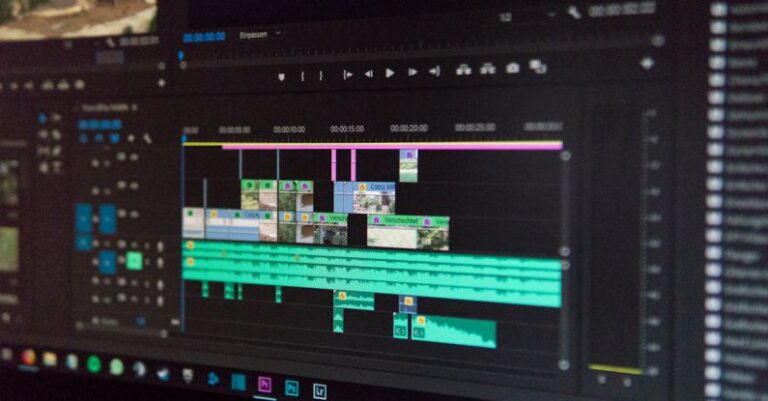
Mastering the art of mixing and mastering tracks is crucial for any musician or producer looking to create professional-sounding music. By utilizing the right techniques, you can take your tracks to the next level and ensure they sound polished and cohesive. In this article, we will explore some of the best techniques for mixing and mastering tracks that can help you achieve a professional sound.
Understanding the Basics of Mixing:
Before diving into the specific techniques, it’s essential to understand the basics of mixing. Mixing is the process of blending individual tracks together to create a balanced and cohesive sound. It involves adjusting levels, panning, equalization, compression, and other effects to ensure that each element of the track complements the others.
1. Setting Levels and Panning:
One of the fundamental aspects of mixing is setting the levels of each track appropriately. Make sure that no single track is overpowering the others and that they all work together harmoniously. Panning can also play a significant role in creating a sense of space and dimension in your mix. Experiment with panning different elements to the left, right, or center to achieve a balanced stereo image.
2. Utilizing Equalization (EQ):
EQ is a powerful tool that allows you to sculpt the frequency balance of individual tracks. Use EQ to boost or cut specific frequencies to make room for other elements in the mix. For example, you can use high-pass filters to remove low-end rumble or notch filters to eliminate harsh frequencies. Be subtle with your EQ adjustments to avoid making the mix sound unnatural.
3. Applying Compression:
Compression is essential for controlling the dynamic range of individual tracks and ensuring a consistent volume throughout the mix. Use compression to smooth out peaks and add energy to your tracks. Experiment with different attack and release settings to find the right balance between transparency and coloration.
4. Using Reverb and Delay:
Reverb and delay are crucial for adding depth and ambience to your mix. Experiment with different reverb types and settings to create a sense of space in your tracks. Use delay to create interesting rhythmic effects or to add a sense of movement to individual elements. Be mindful of how much reverb and delay you use to prevent your mix from sounding muddy or cluttered.
Mastering Techniques for Polishing Your Tracks:
Once you have completed the mixing process, mastering is the final step in preparing your tracks for distribution. Mastering involves making final adjustments to the overall tonal balance, dynamic range, and loudness of your music to ensure it sounds cohesive and professional across different playback systems.
5. Setting the Correct Levels:
When mastering your tracks, it’s crucial to ensure that the overall volume is consistent and competitive with other commercial releases. Use a limiter to prevent clipping and achieve a loud, punchy sound without sacrificing dynamic range. Be cautious not to over-compress your tracks, as this can result in a loss of clarity and impact.
6. Paying Attention to Detail:
In mastering, the devil is in the details. Listen closely to your tracks and make subtle adjustments to enhance the overall clarity and balance. Use multiband compression to target specific frequency ranges and control any harshness or muddiness. Consider using stereo imaging tools to widen the soundstage and create a more immersive listening experience.
7. Checking Your Mix on Different Systems:
Before finalizing your master, it’s essential to listen to your tracks on different playback systems to ensure they translate well across various environments. Use headphones, studio monitors, and even car stereos to identify any potential issues with the mix. Make adjustments as needed to ensure your music sounds great everywhere.
In conclusion, mastering the art of mixing and mastering tracks requires a combination of technical skill, creativity, and attention to detail. By following these best techniques, you can elevate your music to a professional level and create tracks that sound polished and cohesive. Experiment with different tools and effects, trust your ears, and don’t be afraid to think outside the box to achieve the perfect mix. With practice and dedication, you can master the art of mixing and mastering and take your music to new heights.





